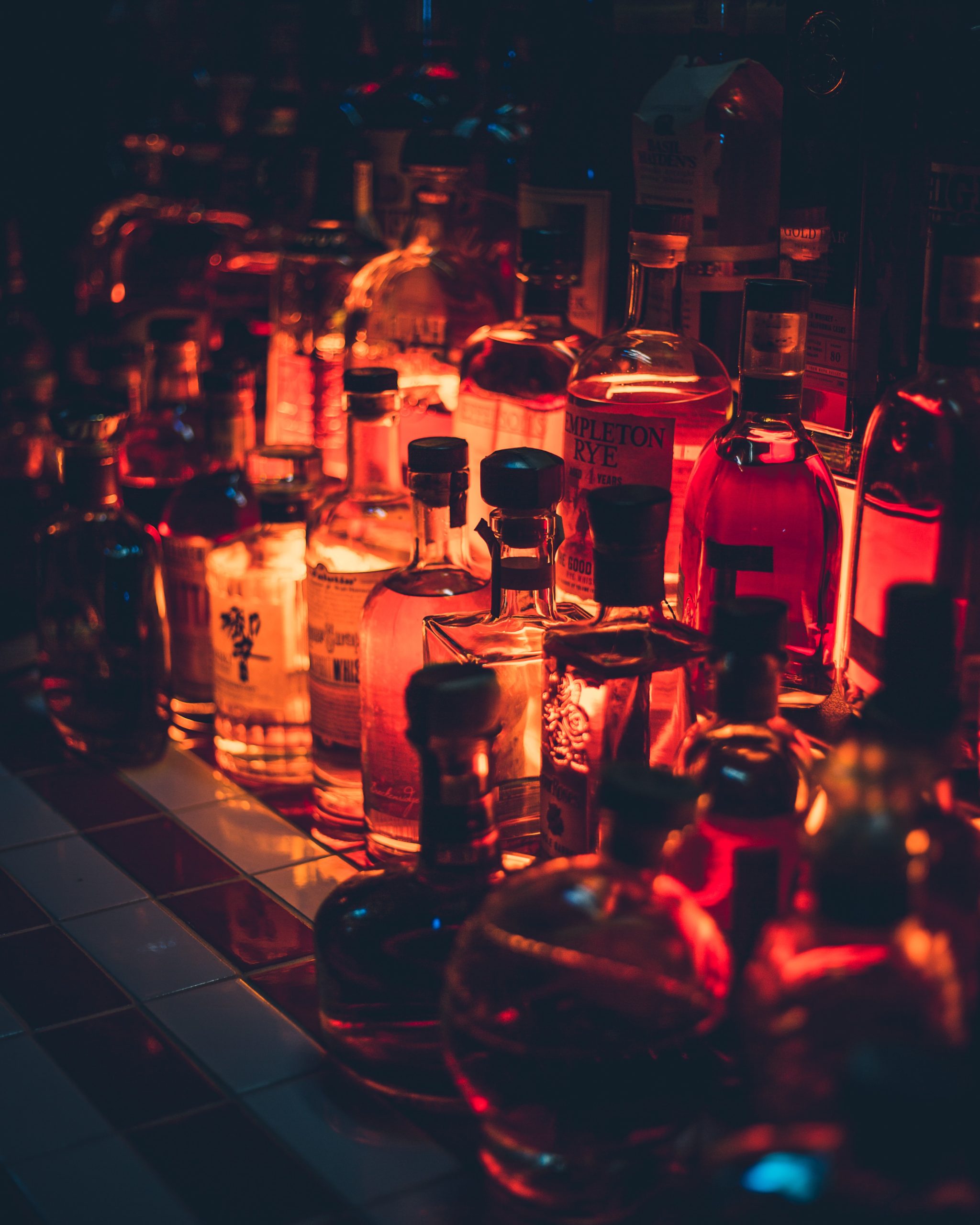The 10 most popular drinks in UK pubs
From the old buildings they are housed in, most British pubs have their own charm. No two are alike, but many have distinctive and distinctive features, such as low beamed ceilings, stone floors, fireplaces, cocaine throws and dave.
-
Apples and pears. Cider, the carbonated alcoholic fruit juice, has become fashionable again at an astonishing rate and is now at the top of the list.
-
Storage.
-
Wine.
-
But.
-
Spirits.
-
Soft drinks.
-
Starkbier.
-
Cocktails.
-
Alcopops
-
Beers with a spirit flavor

